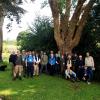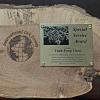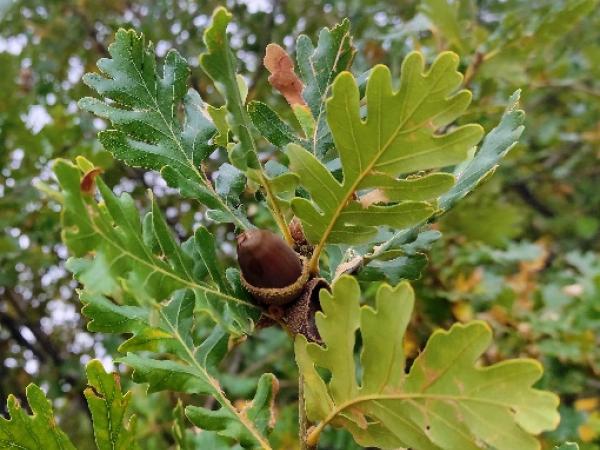Editor's Picks
Plant Focus
Conservation of Two Threatened Oak Species in Western Mexico Through Local Production and Environmental Education
Project Contact: Cristóbal Daniel Sánchez, Director of the Botany Department, Vallarta Botanical Garden (VBG), Carr. Pto. Vallarta a Barra de Navidad, Km 24 Las Juntas y Los Veranos, Cabo Corrientes, Jalisco, Mexico.

Executive Summary: Mexico is the country with the greatest richness of oaks (Quercus spp.) with 166 species The state of Jalisco, Mexico, has 54 oak species and almost 40% of the national endemisms. Many of these are endangered by habitat loss and land-use change, illegal logging and fires, including Quercus cualensis and Q. tuitensis, both native of Serranias Meridionales of Jalisco, in the Sierra Madre del Sur, and close to the Vallarta Botanical Garden (VBG).
In 2022, the Oak Conservation & Research Fund Grant benefited a project to study the populations of five endangered oak trees in Mexico, including Q. cualensis and Q. tuitensis, coordinated by Dr. Maribel Arenas. This project provided knowledge of their potential areas of distribution and response to climate change, as well as an approach to local communities.
In 2024, thanks to funding from the Global Botanic Gardens Fund through the ArbNet-BGCI partnership and in collaboration with Bartlett Tree Research Labs and Arboretum, the VBG collected and grew acorns of Q. cualensis and Q. tuitensis, two native species of Jalisco threatened by habitat loss, illegal logging and fires, for their ex-situ conservation and exchange with other botanical gardens.
These successful working groups are now collaborating to propose an educational initiative to local communities to revalue and produce these endangered species in their native range, with the possibility of generating native material for the restoration of habitats affected by fires and environmental degradation.
Environmental Education: Through workshops and educational activities in local schools, we could influence the community to take ownership of the knowledge and appreciation of these and other native species. We can provide training, education, outreach and public participation in local communities where these oaks are native to increase awareness of their importance and propose solutions to the factors that threaten them with extinction.
Collection and Cultivation: We will conduct intentional, strategic, and scientifically informed surveys of Q. cualensis and Q. tuitensis in their native range. Acorns collected in the first year will be grown at the VBG and at local communities for the second year. To this end, two nurseries with shade netting will be installed in the communities of Mesa Colorada and El Cuale, Jalisco, and technical advice and supplies will be provided to cultivate endangered oaks and other native plants of forestry interest for the communities.
By cultivating these oaks, VBG and our partners support conservation in their native areas and raise awareness of the vital role they play in the ecosystem by encouraging their commitment to preserve them. The results of this project are expected to lay solid foundations for future reintroduction and restoration of habitats degraded by fire and land use changes.
Target Species:
Quercus cualensis
Quercus tuitensis















